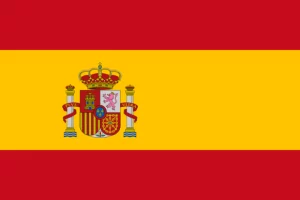Flags of The World
Flags are an important symbol of a nation's identity, history, and values. They are used to represent a country on the international stage and to rally its citizens around a shared sense of pride and purpose.
There are many different types of flags, and each one has its own unique design, colors, and meanings. Some flags are straightforward, featuring simple designs and colors that are easy to recognize. Others are more complex, with intricate patterns, symbols, and meanings that reflect the rich history and culture of the nation.
Many flags feature colors that are symbolic of certain values or characteristics. For example, the color red often represents strength, courage, and sacrifice, while the color white often represents purity and truth. Some flags also include symbols or designs that represent important aspects of the country's history, culture, or geography.
In addition to the national flag, many countries also have other flags for specific purposes, such as naval flags, military flags, and government flags. These flags may have different designs and meanings than the national flag and are used in different contexts.
Overall, flags serve as a powerful visual representation of a country and its people, and they are an important part of a nation's identity and history.






















